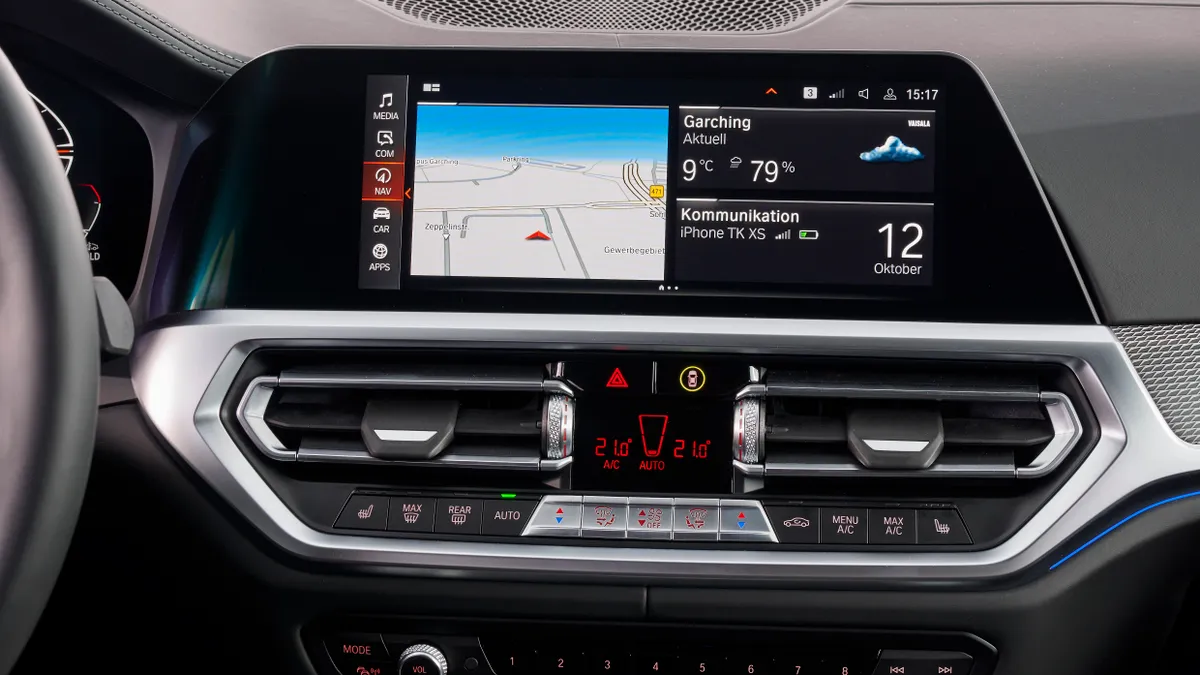Dive Brief:
- Installing AM radio in electric vehicles could cost automakers $3.8 billion or more by 2030, according to a new study from the Center for Automotive Research.
- The costs stem from mitigating electromagnetic interference caused by EV propulsion systems, including electric motors, inverters and high-voltage batteries, as well as other vehicle components.
- Automakers could erase those costs by eliminating analog AM radio from their EVs, but Congress is considering a bill requiring carmakers to install AM radio in new cars at no additional charge.
Dive Insight:
In May, a bipartisan group of legislators introduced the AM for Every Vehicle Act to Congress over concerns that people would have difficulty getting information about emergencies, such as natural disasters, without AM radio, especially in rural areas.
“The importance of AM radio during large-scale emergencies cannot be underestimated, and it has, without a doubt and without interruption, saved lives and kept our communities informed. When the cell phone runs out, the internet gets cut off, or the television doesn’t work because of no electricity or power to your house, you can still turn on your AM radio,” Rep. Josh Gottheimer, D-N.J., the bill’s lead sponsor in the U.S. House of Representatives, said in a May statement.
Eight automakers, including BMW, Ford and Tesla, have already eliminated AM radio from their vehicles.
While automakers have included AM radio in new cars and trucks for decades, EVs and modern electronic systems produce more EMI that can interrupt AM radio signals, making it all but impossible for drivers and passengers to listen to it.
But vehicle manufacturers can mitigate EMI using shielding, filtering, active noise cancellation and strategically locating components, according to CAR.
“However, a total vehicle system EMC requirement would need to be included from the beginning of any future EV redesign, if not already considered by the automakers, to eliminate the need for piecemeal late-stage mitigations,” the report says. Late-stage changes in the product development cycle can raise EMI mitigation costs for automakers, CAR found.
CAR says one ferrite core filter, commonly used to reduce EMI, can add more than two pounds to a vehicle. That could make it more difficult and expensive for automakers to increase EV driving ranges, as reducing vehicle weight is a key strategy for improving range, the report says.














